Caspar David Friedrich: Infinite Landscapes
There is a second reason I why I wanted to come to Berlin. The old National Gallery houses a big temporary exposition of the romantic German Painter Caspar David Friedrich.
The Kolonnadenhof around the gallery
In the conglomerate of a multitude of different little states, kingdoms and duchies of imperial Germany before 1918 Prussia played the leading role and long before Berlin became an imperial capital it was the capital of Prussia. Like the other sovereigns of monarchist European states the kings of Prussia, later becoming the Emperors of the German Reich, were eager to collect and show off with their works of art.
So in the second half of the 19th century the Prussian king Frederick William IV got the architect Friederich August Stühler to built the Alte Nationalgallerie. Together with the Altes Museum, the Neues Museum, the Bode Museum, the Pergamon Museum, the Berlin Cathedral and the Lustgtarten it forms the Museum Island complex. The UNESCO declared it a world heritage site.
The basic collection of the National Gallery was formed in 1861 by a donation of 262 works collected by the banker Johann Heinrich Wagener. Part of it were a number of paintings of the romantic painter Caspar David Friedrich. Friedrich, born in 1774 in the northern coastal town of Greifswald, studied painting at the academy in danish Copenhagen. However, after his studies he moved to Dresden in Saxonia. He lived there for the rest of his life, but returned to his native land frequently for long periods of time.
The national gallery sells half of the tickets available for the day online. With the e-ticket you can avoid the lines at the counter and get in immediately during your time slot. Unfortunately, when I finally decided on the day that I intended to visit, the online tickets were sold out. It seemed to be a very popular exhibition, so I was afraid that I would come to Berlin and either have to wait in a line for a long time or not being able to get in at all. They have already extended their daily opening hours and open an hour early at 9 am.
So in my zeal to get a ticket I get up early and walk to the gallery where I arrive just a couple of minutes after 9. There is a line at the entrance and being an obedient citizen I join at the end. When I ask the lady in front of me she acknowledges that this is the line for people without a prebooked ticket.
Having made sure my place in the queue I look around. There are several gates. The sign above the one of my line says “e-tickets”. Above the next gate, where nobody is waiting, it says “Tageskasse”. So I am in the wrong queue. For people like me, who do not have a pre-booked ticket, there is no queue at all, neither outside nor inside. They also provide an excellent audio guide for free and it is not overcrowded like on similar occasions elsewhere.
Caspar David Friedrich was a landscape painter. There are very few works where a living soul is the main object. His paintings seem to portrait a lost world. Today, in landscape photography, photographers are in a permanent urge of finding the perfect landscape. But the modern landscape is getting increasingly ugly. Trees are dying. Rivers and lakes have artificial beds and shores..There is always a building, a power line, a windmill or some development in the way. In Friedrichs paintings the landscape is perfect, empty. There are no distractions.
However, most of his landscapes are fantasy objects. They are constructed to convey a message or a feeling. Friedrich contemptuously called painters who created an exact depiction of the landscape “Landschaftsschreiber” landscape writers. “Sieht er nichts in sich dann soll er nicht malen was er vor sich sieht” (If he doesn’t see anything in himself, then he shouldn’t paint what he sees in front of him), Friedrich is said to have once said.
Caspar David Friedrich never saw the Watzmann, a peak in the Alps. He copied it1824/1825 from somebody elses drawing
If Friedrich paints a mountain, than the mountain is a symbol for the power and the beauty of nature. It is the contrary to what you see these days from the window of a moving train: in the landscapes of our time mountains and rivers have lost their power and have become a victim in the shade of development.
The ruin of the church of the Franziscan Monastery in Berlin would have inspired Caspar David Friedrich
In the romantic era of Friedrich’s paintings the appreciation of the German ruin started: Friedrich made exact drawings of Oybin castle near Zittau in Saxonia or the Monastery ruins of Edena close to his native town of Greifswald. In his paintings they never are simply depicted in their actual surrounding. He always copies the drawings into a setting tailored to convey his message.
If you see a Friedrich painting with a couple of ships close to shore, in the evening with the sails ready to fall, and there is a couple of playing children, a young couple and an old man on the shore watching the scene, than this is not a simple romantic picture of a harbor. It is a symbol for life, where the old man looks back at his experiences while the cycle of life starts again with the playing children.
Friedrich loved to walk. Alone or with friends he did long hikes in the mountains around his home town of Dresden, in northern Germany such as on the island of Rügen or in the Riesengebirge in Silesia. During the hikes he meticulously made drawings of trees, rocks, buildings, boats or mountains. On these drawings he not only noted the date but also the time it took him to make the drawing. To complete the drawing of a fir tree could take him more than 5 hours. At home, he arranged motifs from these drawings into the pictures. The people in his landscapes to accentuate the feelings were usually small, and frequently shown from behind. Friedrich had a selection of model drawings of figures, which he traced into the sets using powder coated oil paper.
Pictures not only can show things but they can also hide. In today’s world unwanted objects can be removed from photos by photoshop. Friedrich went a step further: he only selected the parts he wanted and put them together to create an entirely new design. This process was repeated by Hiroyuki Masuyama. He copy and pasted parts from photographs together to get almost perfect large scale copies of famous Casper David Friedrich Paintings. These new copies are transparent and illuminated from behind.
In a couple of paintings Friedrich painted his home town of Greifswald in an empty landscape. Coming from the emptiness the homliness of the town offers a rewarding welcome for the wanderer. In one painting the town of Neubrandenburg is consumed by a devastating fire. There was no fire in Neubrandenburg in Friedrich’s time. The town serves as a symbol.
One of Friedrichs favorites was the island of Rügen. He crisscrossed it on his walks. What would he do there today? Would he still paint a monk on an empty beach when there is no empty beach any more? When the blast of sound follows him to the remotest corners in the middle of the night? Would he like to walk in the Erzgebirge when his steps are followed by the constant roar of motorcycles on the road in the distance or of fellow hikers blasting their music into what is left of the emptiness?
Surrounded by barren trees two men watch the moon at night. You can sense the silence around them. What might be their thoughts? Imagine that: do you know anybody who goes out with a friend to watch the moon? In our present world, where development is the measure of things, where can we find a space which is so empty, quiet and undisturbed that you can watch the moon with a friend? There always is the sound of an airplane, there is the noise of traffic, distant lights and electric stars.
Caspar David Friedrich died in poverty in 1840. In his last years he barely was able to feed his family of three children. After his death his art became all but forgotten. With the bequest of Wagener, the National Gallery in Berlin got into the possession of several of his paintings. In 1906 the Museum held the “Deutsche Jahrhundertausstellung” (German Centennial Exhibition) representing Friedrich with 93 paintings and drawings. This brought his romantic view of thoughtful silhouettes meditating in empty spaces, in front of ruined buildings or under mighty mountains, back into the lamplight. Did the dead trees surrounding his characters not predict the dead forests of our time?
How much free space do people need? The space which is willingfully assigned to development, business, infrastructure or pleasure is readily distributed. Even the sky is taken. And in the few cases where there are reserves, their access is limited. There is no space for uselessness, emptiness.
Riesengebirgslandschaft mit aufsteigendem Nebel 1819/1820
In his time Friedrich’s paintings created a lot of discussion. It was not only a new way of painting but also of looking. “es ist als würden einem die Augenlider weggeschnitten” (it's like having your eyelids cut away) the German romantic poet Heinrich von Kleist wrote when he first saw Friedrich’s painting “Mönch am Meer”. I think today Friedrich’s paintings should motivate us to see landscape as a valuable asset, worthwhile to protect from the profiteers keen on cheap development. People do not only need beauty and aesthetics in a museum. It should be a protected part of everyday life. Quiet spaces should not only exist in artificial quiet rooms or meditation centers, but should be part of life and of protected areas.
Audioguide to the exhibition
Caspar David Friedrich, Unendliche Landschaften, Nationalgallerie, Katalog, 2024
Link to the previous post:
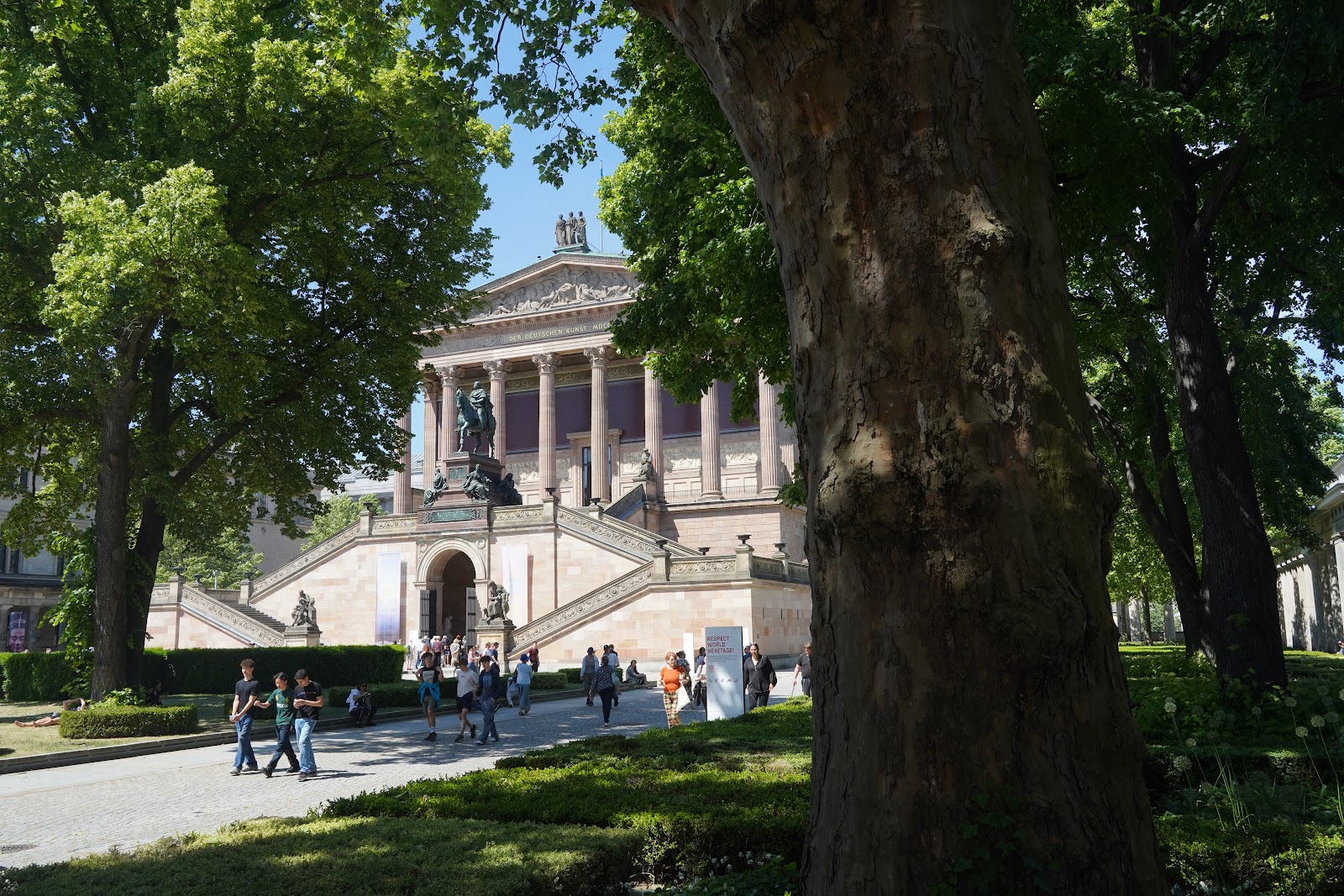
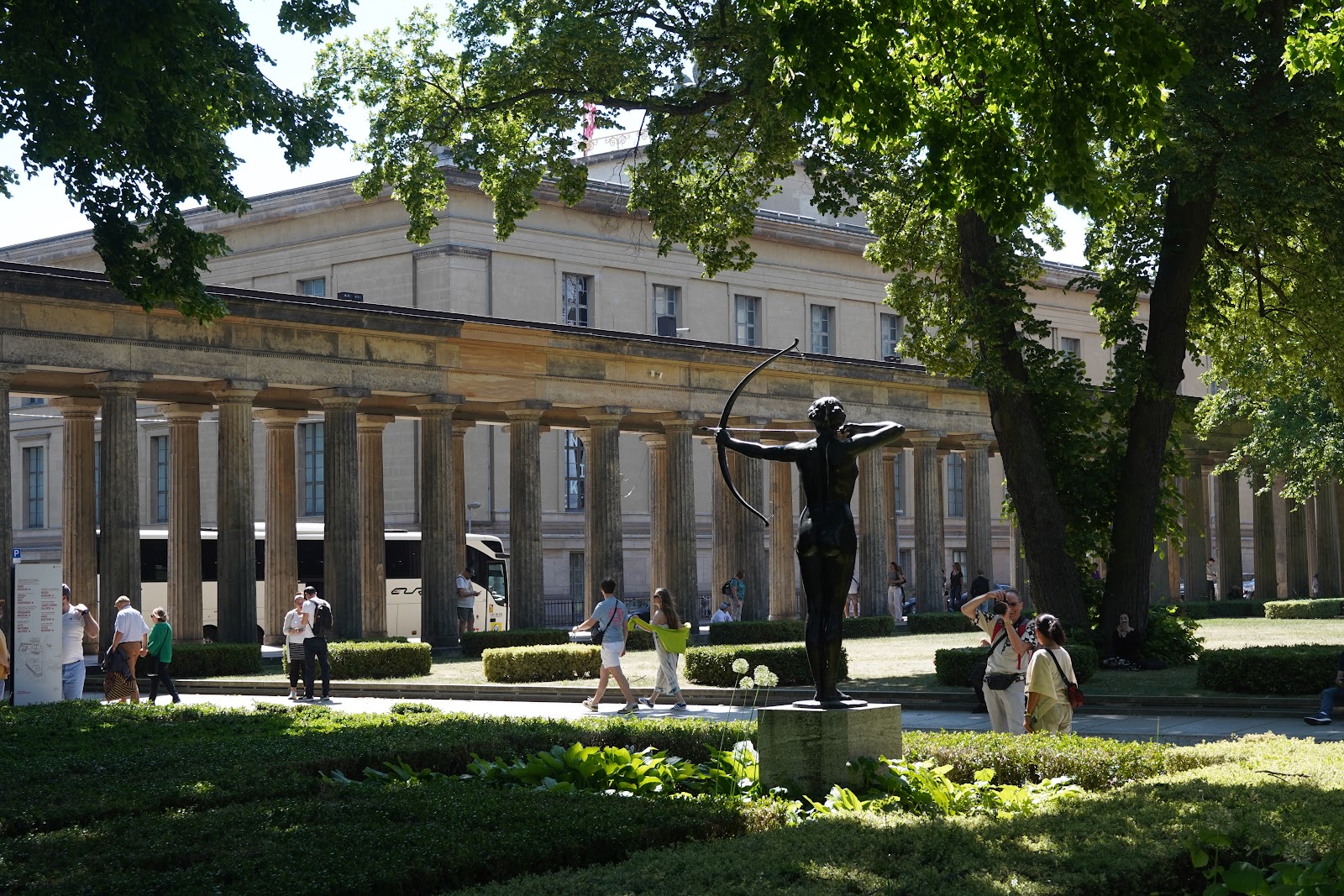



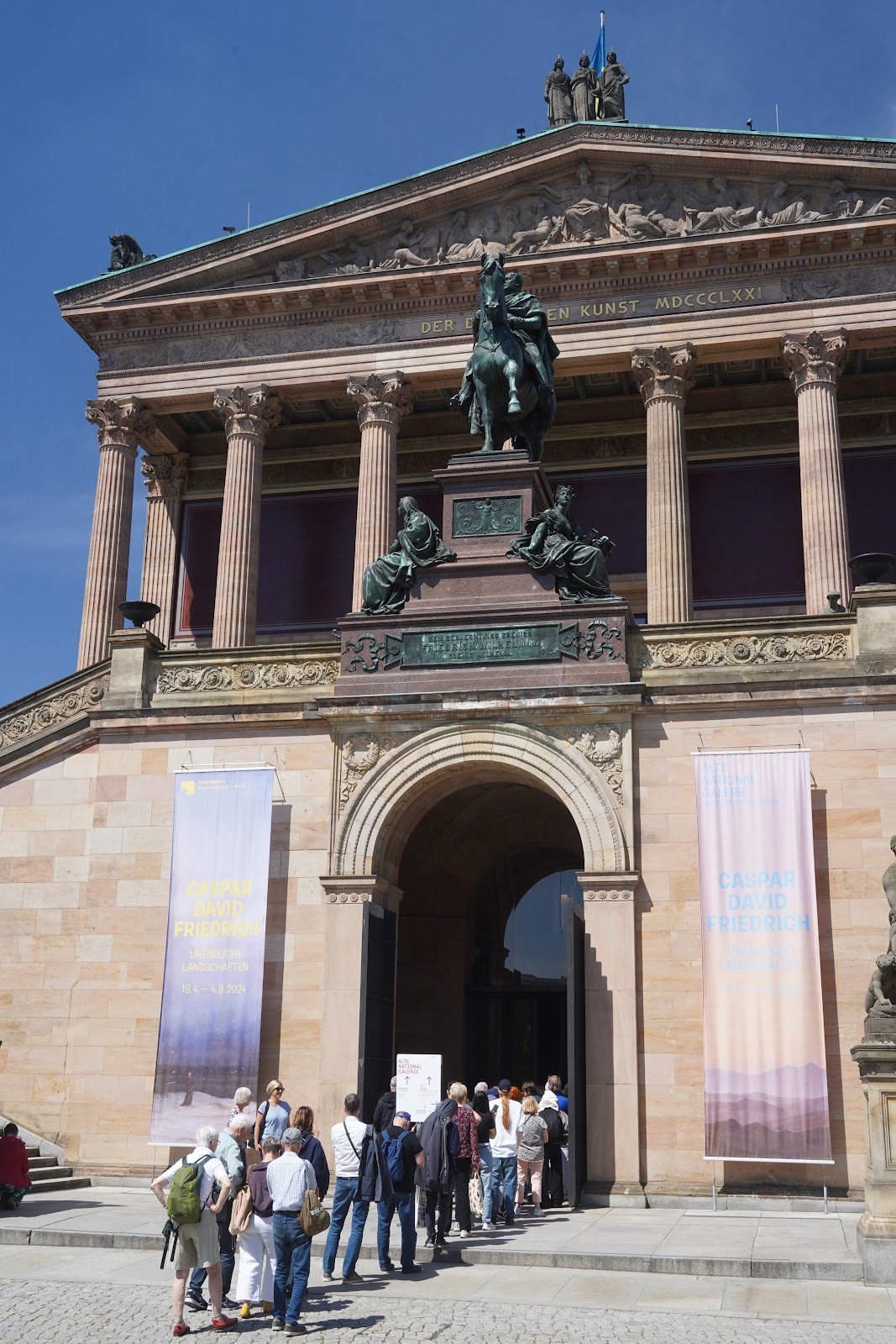




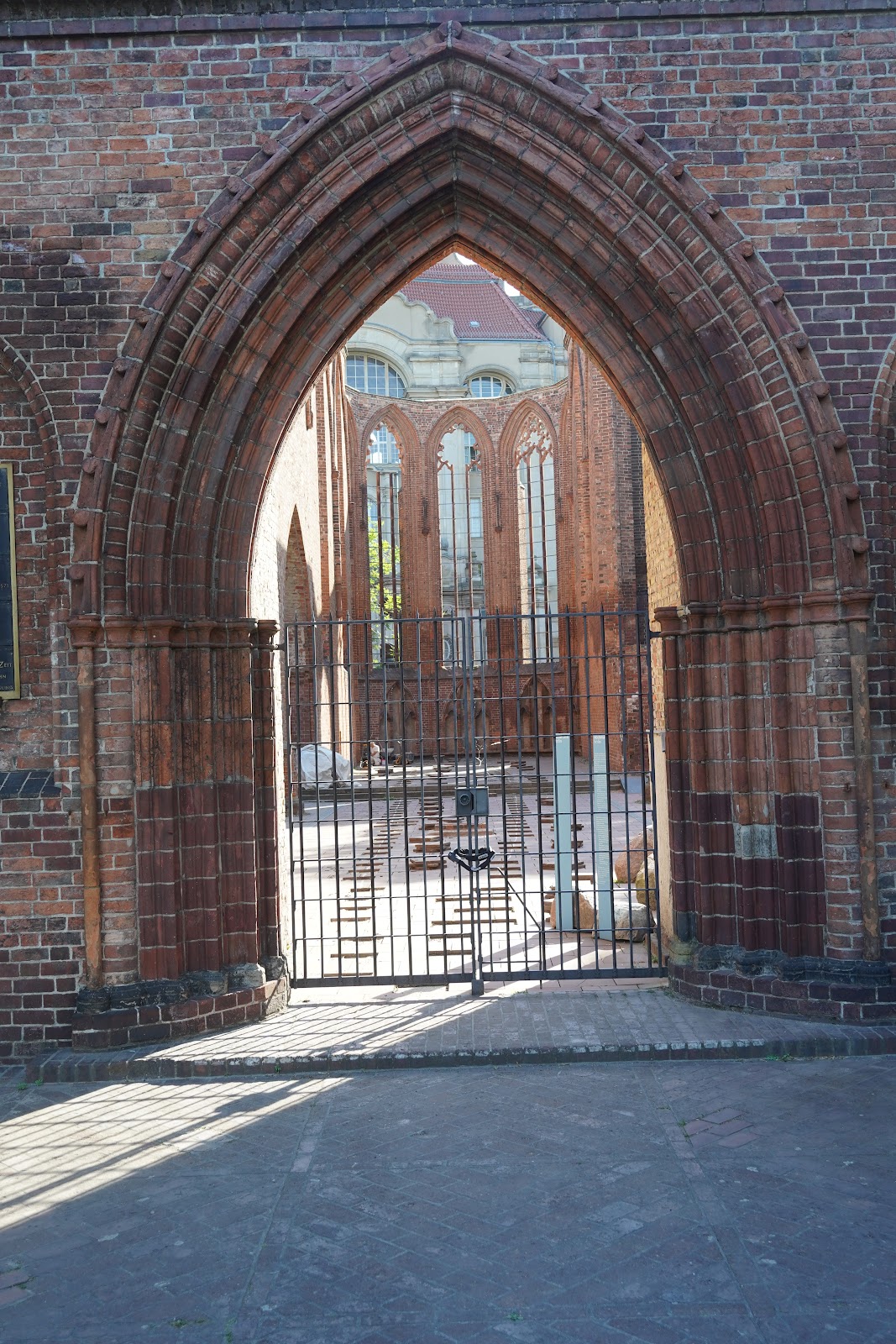





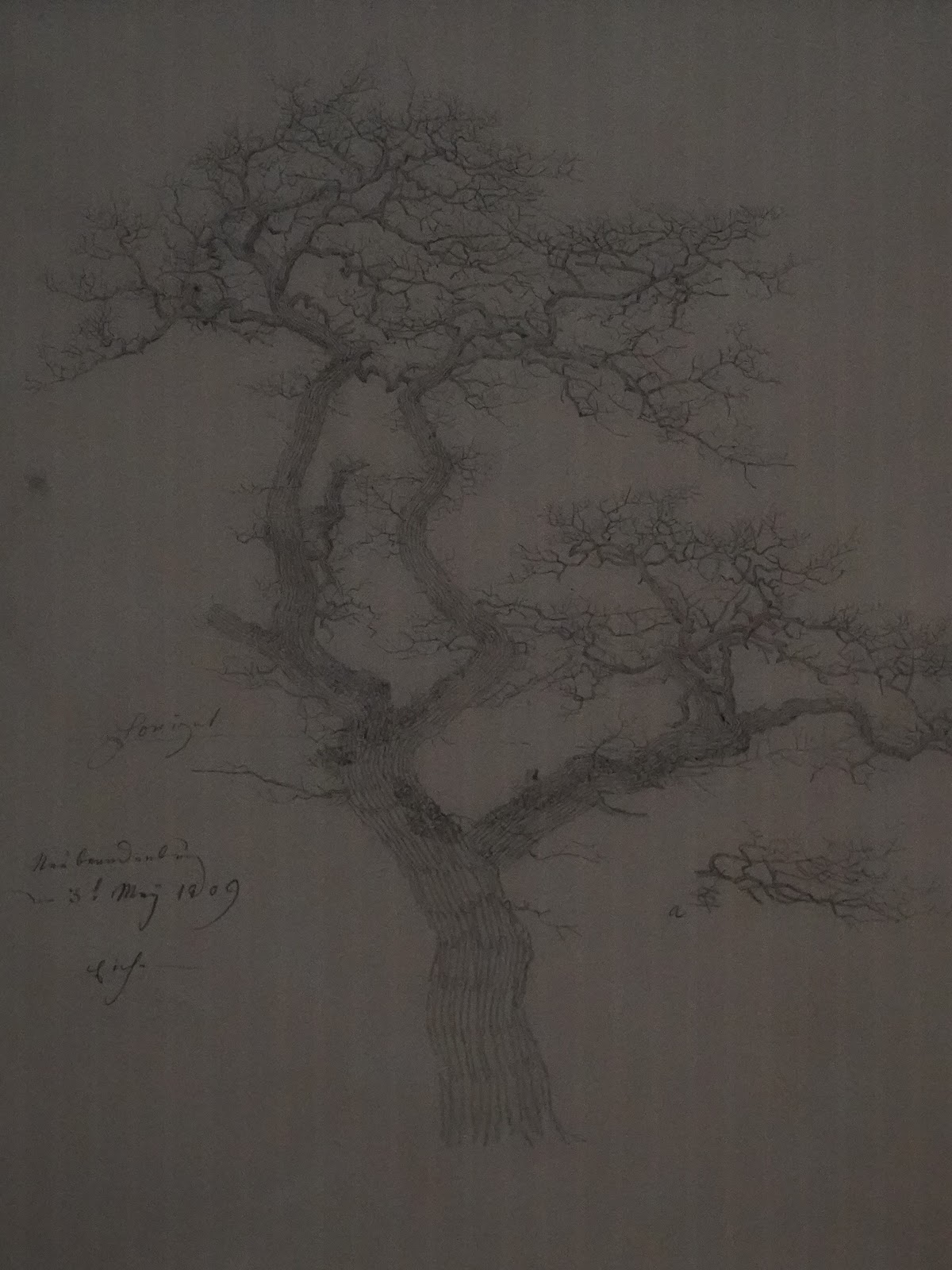










No comments:
Post a Comment